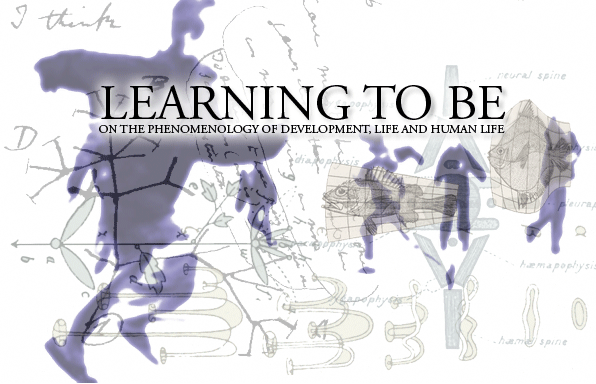Description: There's a new art work (or at least new to me) installed outdoors in the Place des Arts in Montreal. It's on the side of the building on the north west corner of St Urbain and Ste Catherine. The building is one of those well, let's say, kind of ugly, probably late 60s vintage buildings, when concrete was the new thing, and blocky cubiness was good. The concrete in the outer walls is vertically ribbed and textured. For the installation thin vertical strips of what look to be LEDs are placed in the crevices between the ribs, on the wall running along St. Catherine and up St. Urbain. They are illuminated in rhythmed patterns, that involve all the strips, both turning them off and on, and dim and brighten them in what look to be a relatively large number of levels. Sometimes the strips flash in simple alternation, but then more complex patterns develop. In the small time I watched, one thing seemed to be that there weren't any traveling patterns, i.e., successive strips lighting up in successively different positions, so there were no effects like lights appearing to circle around a theatre marquee. (I couldn't find anything about this installation on the web.)
What was striking about this phenomenon is that after about a minute of watching this, I clearly experienced it as music. Music without sound, but clearly having the sort of rhythmed countour of a bunch of people playing jazz with one another, or perhaps drumming together, playing a minimalist piece like Terry Riley's In C, or playing in hocket style, as in the polyphonic music tradition of the Banda, in which music a group of players who are playing instruments that can only play a small number of notes, throw their few notes back and forth, create complex polyphonic patterns.
Question: So, first: interesting to experience light as music. But second: I've watched many animated films that aspire to manifest music in visual form, e.g., the work of Oskar Fischinger, but inevitably experience this as an effort to translate music into something else, that doesn't work. Perhaps this is because such films typically have the music playing along with the visuals.
But I wonder if this might be because of the spatial layout and breadth of the installation. When watching an animated film that aspires to visually show music, one grasps one picture that is internally articulating and morphing. The experience of this sculpture is more like watching independent things in the world resonating rhythmically with one another, synching, desynching, lagging, splaying spatially and temporally. I wonder if this might have to do with the phenomenon. If there's anything right to this, I wonder what this might say about music. Does music catch us because synched up spatially distributed movements of the world--the leaves blowing and pulsing across the orchard, the grass swaying and ruffling, the kids playing, the dancers dancing, the dogs circling, the gazelles stotting and bouncing, the horses galloping with legs in counterpoint--also catch us? Might there be a music of space, a way in which we sense our way through it because of its cross rhythms? This might be conceptualized as an elaboration of the sort of affordance offered by vection of the visual field in Gibson's accounts. And something like this might be at play in the visual rhythm of the colonnade, and so on.
13 November 2009
Subscribe to:
Posts (Atom)



